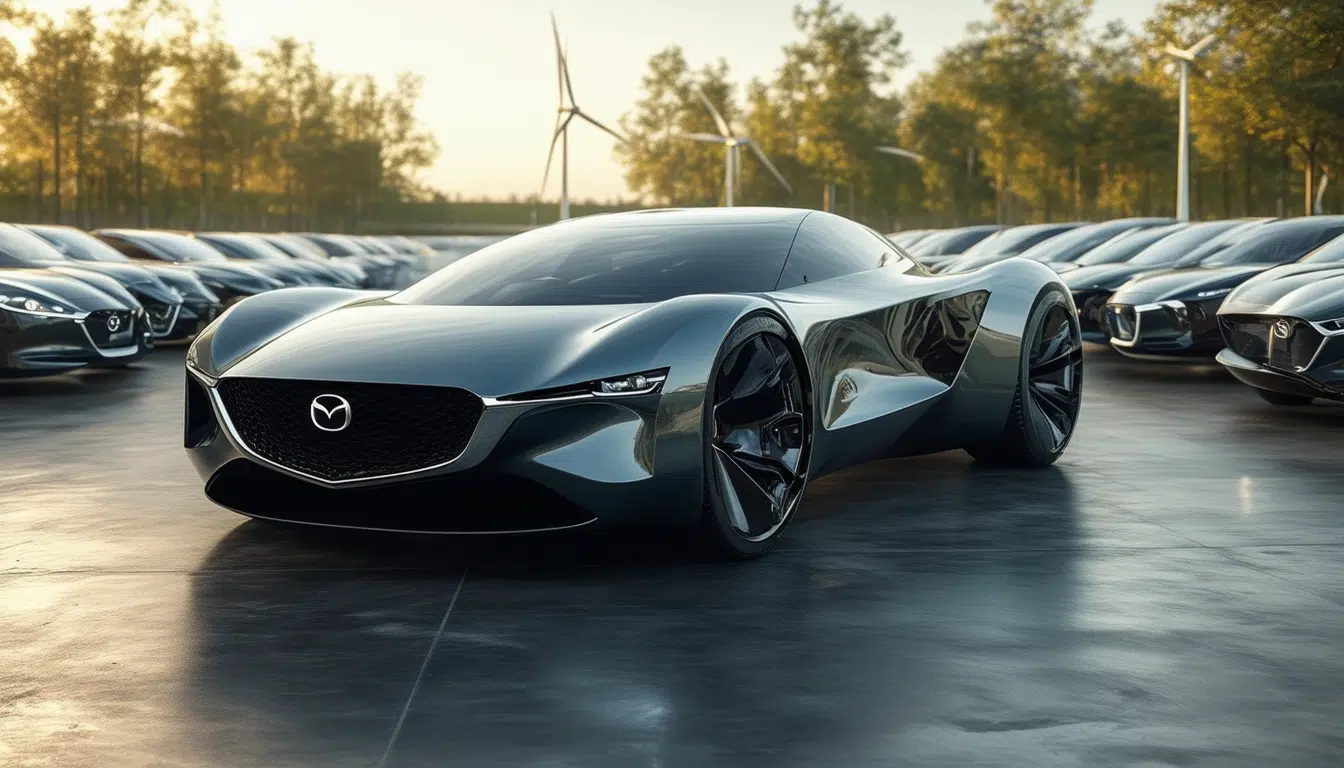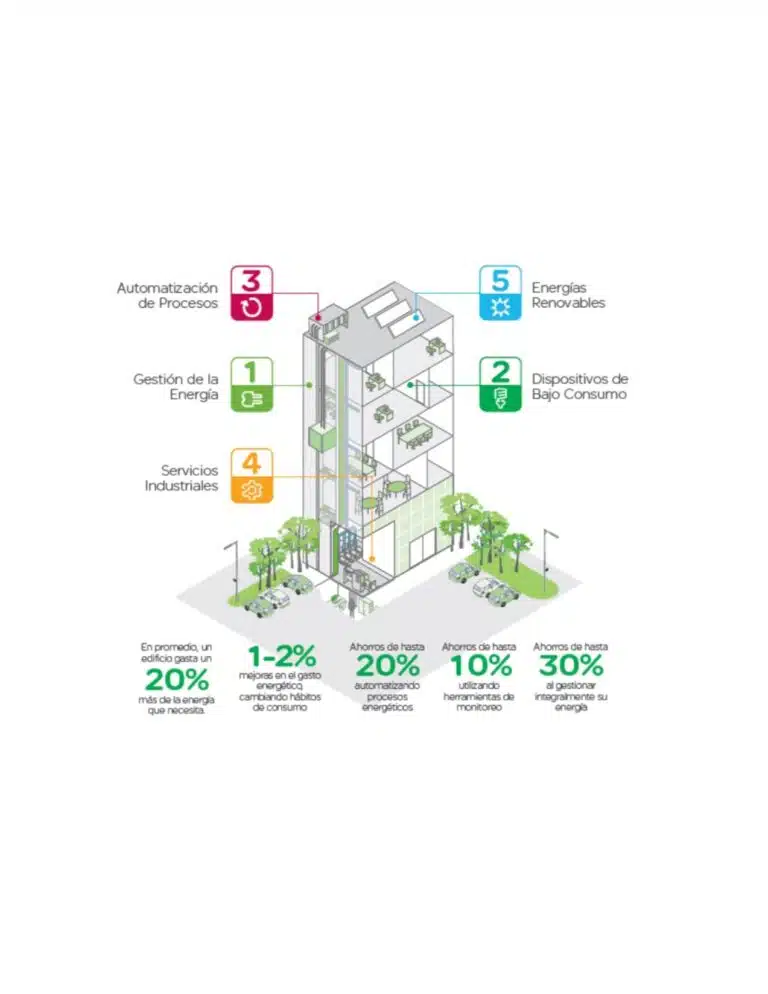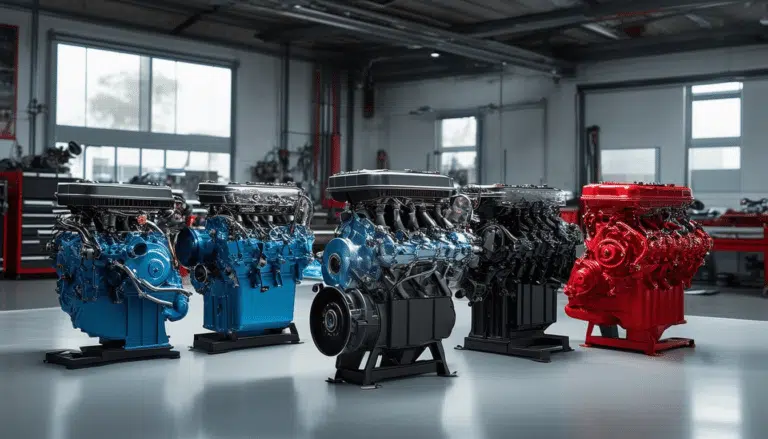Este hydrogen rotary engine, although it is not from Mazda, aims to be the eco-friendly option to the electric vehicle

In a world where electrification is transforming the automotive industry, an innovative alternative emerges: a rotary engine powered by hydrogen that seeks to position itself as a sustainable option against electric vehicles. Although this advancement does not come from Mazda, it breaks with traditional schemes by offering near-zero emissions and a highly efficient power-to-weight ratio. This emerging technology could redesign the future of transportation by combining performance with environmental responsibility.
In a world where the electrification of transportation seems inevitable, a promising alternative emerges that could revolutionize the automotive industry: the Omega 1 rotary engine from Astron Aerospace. Although it is not manufactured by Mazda, known for its Wankel rotary engines, the Omega 1 bets on hydrogen as fuel, offering a potentially more sustainable option than traditional electric engines.
A new technological hope
The Omega 1 from Astron Aerospace represents an innovative alternative that aims to preserve combustion technology while minimizing environmental impact. This rotary engine is not a Wankel turbine, but a completely new technology that employs a pair of rotors to differentiate its functions. It generates “near-zero” emissions using only hydrogen.
Design and operation of the Omega 1 engine
The Omega 1 is composed of two pairs of rotors: one cold and another hot. The cold pair acts as a supercharger, compressing air in a prechamber, while the hot pair handles the combustion and exhaust stages. This efficient design allows for a unique power-to-weight ratio, generating 160 HP with only 15.9 kilograms of weight.
Advantages over traditional engines
The Omega 1 stands out for its design which eliminates internal losses typical of piston engines. By removing components like valves and using air cooling, this engine minimizes friction and maximizes efficiency. Power is transmitted from a rotating power shaft, without requiring a crankshaft or eccentric shaft.
Modular flexibility and applications
The modular design of the Omega 1 allows for stacking the pairs of rotors to increase power and torque. This flexibility makes the engine suitable not only for cars but also for airplanes and motorcycles. A configuration of two Omegas could achieve 320 HP and 460 Nm of torque with less than 32 kilograms of total weight.
Potential of hydrogen as fuel
Although the Omega 1 is not new, its ability to run solely on hydrogen represents a significant advancement. However, the challenge remains to improve efficiency and viability compared to other fuels. Hydrogen could be the key to the sustainability of the combustion engine, a technology that, as recent articles highlight, is increasingly being contrasted in terms of innovation in revolutionary automobiles.
Future perspectives in automotive ecology
As the industry moves toward the future, hydrogen stands out as a promising candidate in the ecological field, attracting the attention of countries like Japan that are already betting on this element. Recent studies on the futures of automotive ecology indicate that solutions like the Omega 1 could revolutionize how we conceive internal combustion engines. Moreover, revolutionary hybrid engines for heavy vehicles demonstrate that there is great potential to combine innovative technology and sustainability.
The future of the hydrogen rotary engine as an ecological alternative
The hydrogen rotary engine, in its innovative version of the Omega 1 from Astron Aerospace, stands as a strong competitor to the electric vehicle. While electrification is rapidly gaining ground in the automotive industry, the Omega 1 presents an enticing option for those looking to diversify their vehicles’ energy sources. This engine achieves remarkable efficiency through the use of hydrogen, an abundant and potentially less polluting resource.
The technology behind the Omega 1 goes beyond existing solutions, combining a compact and lightweight engine with the capability to generate significant power. This high specific power, along with its low pollution footprint and ease of maintenance, positions it as a legitimate alternative to consider against standard internal combustion engines and, in part, against electric vehicles. Although it does not have the backing of an automotive giant like Mazda, its modular design and adaptability make it promising.
The model presents certain distinctive advantages, such as its reduced size and its ability to eliminate energy losses typical in piston engines. Its efficient operation across a wide range of rotations allows it to meet the needs of both urban vehicles and larger machines, such as airplanes. However, the significant challenge it faces is the refinement and adoption of hydrogen as a viable and sustainable fuel on the necessary scale.
As hydrogen rotary engine technologies develop and improve, we are likely to see an increase in their implementation within the market. This will provide consumers with more options in terms of sustainability and energy efficiency, helping to mitigate some of the current environmental challenges. In summary, the Omega 1 engine represents a significant advancement towards a future where automotive technologies must not only be innovative but also more responsible towards our planet.






